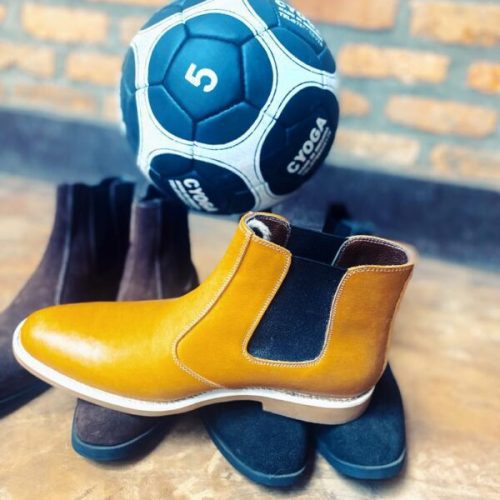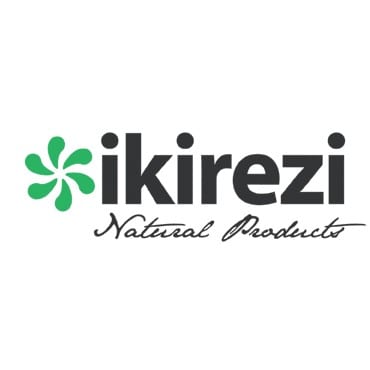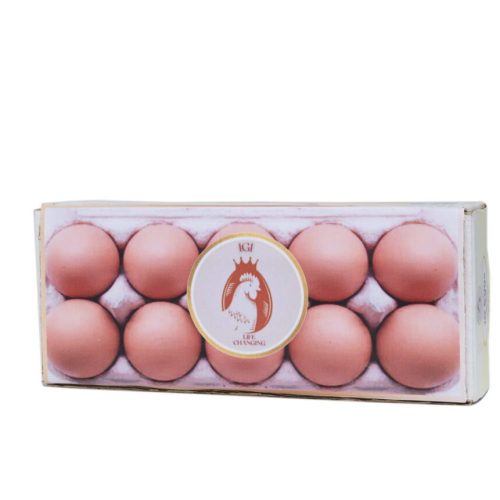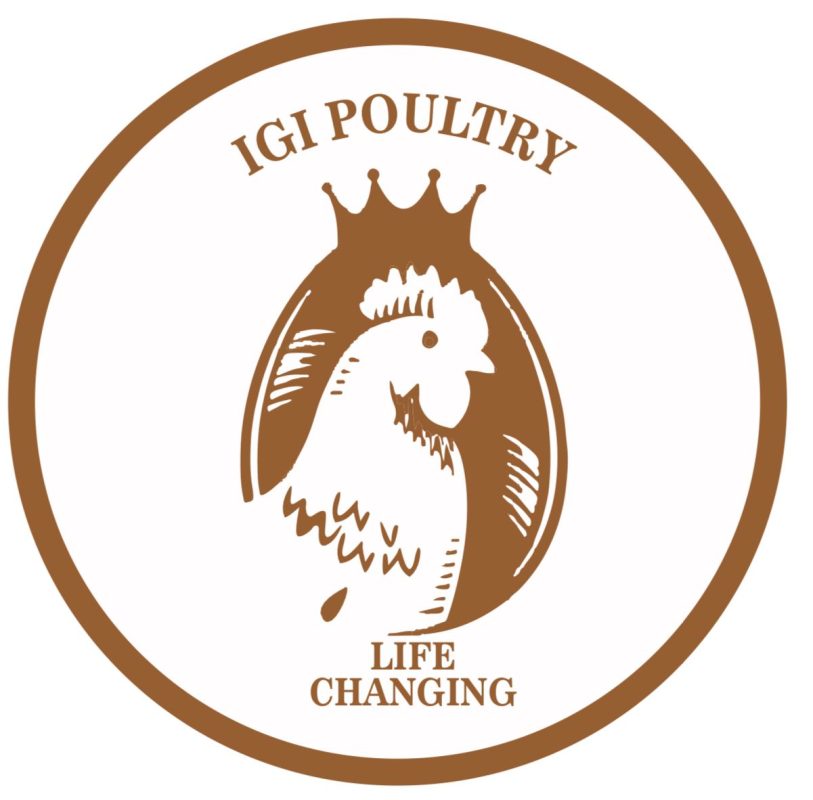Patrick Cyuzuzo is the founder and CEO of Imigongo Market, platform that collects all authentic Made in Rwanda products from different local Made in Rwanda producers and manufacturers.
Imigongo Market aims to sell, promote and export more authentic Made in Rwanda products all over the world. The idea came in 2014 when Patrick was a university student, where he was most of the time developing software to solve certain issues. For instance, the Kigali City Market Management system was developed to help the Kigali City Market manage the payments for all people that rent a place there because it was difficult, so Patrick and his team found an easier way for the management to do their job. From there it clicked, the idea to help local producers SMEs increase their sales and also have visibility for their products. Imigongo Market now works with over 70 SMEs and over 1000 products on the platform. ” Our sales keep growing as people get used to buying things online” Patrick adds, during the covid pandemic, people had to close shops and it gave huge traffic to people who do business online people were able to see that you can order something online, easily get it, and saves time.
Imigongo Markets aims to expand its reach and get to sell locally made products internationally in the next five years, we want to export products from local producers so that it is known abroad.
The history of Imigongo
At the beginning of the 19th century, Kakira, son of Kimenyi the King of Gisaka, lived in Kibungo Province (near the Rwanda-Tanzania border) and invented the art of embellishing the inside of houses to make them more attractive for living. He called the art “Imigongo.”
Imigongo is created through a remarkable process that uses an abundant material—cow dung—and, with the help of artistry and natural dyes, turns it into an object of admiration.
The images are produced using cow dung which is put onto wooden boards in spiral and geometric designs. The dung is mixed with ash, which kills bacteria and odor and is left to harden and is then decorated using colours made from organic material. The traditional colours are black, white, red, grey and beige-yellow but increasingly other colours are used.
The Imigongo images were originally found in Kibungo inside the walls of huts as “magical” decorations during the 18th century.
A royal tradition
In Rwanda, cows have been revered for centuries. Owning a cow in this traditionally agrarian society was a symbol of wealth and noble social status; the animal was so important that a subset of the breed called inyambo was developed specifically for the kings in the 17th century. These elegant royal cows with long, arched horns and a stately appearance paraded past royal villages in elaborate ceremonies that honoured the ruling king.
Perhaps the idea for imigongo was sparked during one of these royal parades. According to local beliefs, the practise of decorating with cow dung was invented in the late 18th or early 19th century by Prince Kakira, the son of King Kimenyi of Gisaka in the eastern Kibungo region near the Tanzanian border. Mixing cow dung, a readily available medium, with ash and clay, Prince Kakira adorned the dull walls of his hut with the paste-like compound. He then taught local women his method, and they passed it on through the generations.
From dung to art
Most contemporary imigongo is now found off hut walls as smaller-scale artworks, but the process of making it remains the same. It starts with a wooden base plate that can range in size from a tiny photo frame to a large-scale wall mural. The artist divides this plate into equal parts using banana fibres to ensure that the finished design is proportional then sketches geometric patterns—zigzags, spirals, diamonds, or squares—onto the plate with charcoal. The main medium is a mixture of fresh cow dung and ash, which kills bacteria and odor. The artist applies this malleable, dough-like paste by hand and painstakingly traces the desired pattern with the fingers, creating a raised relief. It takes the work about a day to air dry, and then it’s sanded for smoothness and covered in a neutral base coat of ochre to ensure that the rest of the colours will show up in uniform hues.
Once the work is dried, the artist paints designs in a simple palette of no more than four natural pigments. Traditional colors include white, derived from the clay mineral kaolin; red from the iron-rich Rwandan soil; yellow from ochre, another natural clay pigment; and a black created from banana peel ashes, aloe (ikakarubamba) sap, and poisonous soda apple fruit (umutobotobo). Increasingly, artists use a broader range of colors in more modern designs, but the traditional look continues to feature four colors or fewer.
You can find several designs of imigongo available on the RwandaMart platform.










